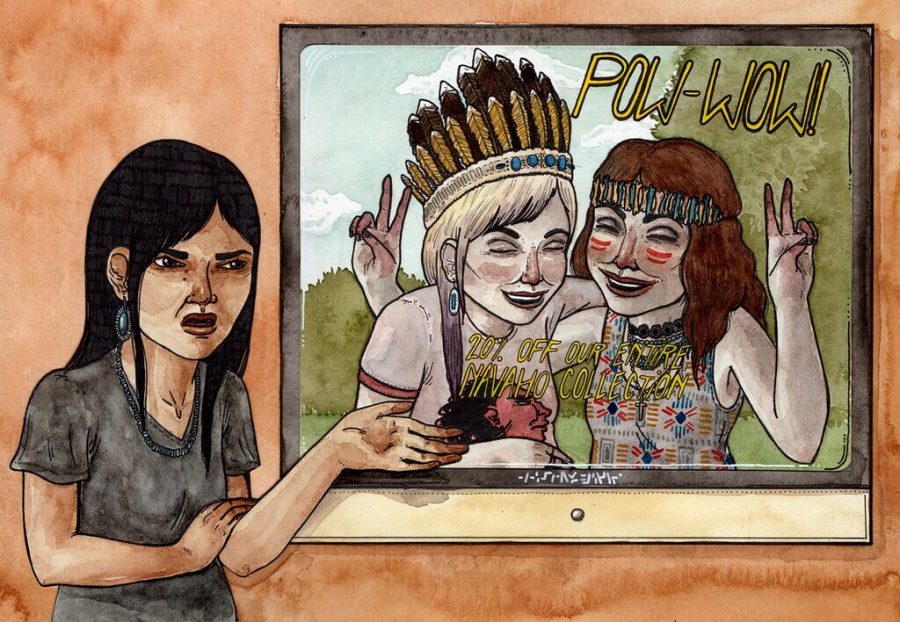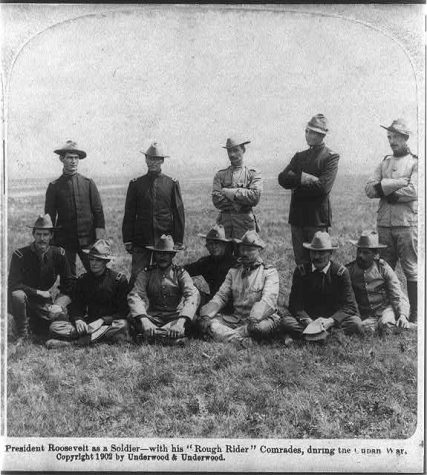The Importance of Cultural Appropriation and Appreciation
Sharing cultures whether it be traditions, food, or fashion is one of the most important aspects of living in a multicultural nation where diversity flourishes. Simultaneously, there is a fine line between appreciation and appropriation as learning about one’s culture may turn into taking its principles without self-interest or relating to the culture’s identity.
Cultural appropriation is a subtle yet prominent pattern of discrediting acts that commonly goes disacknowledge in society. It normalizes taking or mocking cultures that are often overlooked or belong to groups that are oppressed. In other words, it freely allows for people to adapt to one’s culture without a thought, extending racism and times of oppression that might’ve influenced that culture.
“Cultural appropriation is the social equivalent of plagiarism with an added dose of denigration. It’s something to be avoided at all costs, and something to educate yourself about,” says Arlin Cuncic from VerywellMind.
Culture includes a particular group of people’s traditions, religion, ethnicity, or social customs and appropriation is the action of unrightfully taking possession of something from someone. Therefore, cultural appropriation is “a term used to describe the taking over of creative or artistic forms, themes, or practices by one cultural group from another” (Oxford Reference).
Coined in the late 20th century, cultural appropriation was first used to describe appropriations of typically non-white cultures made by Western people. The principle models the nation’s history of racism as normalizing a group’s culture can be insulting to their past suffering and present struggles.
Cultural appropriation comes into play when appreciation revolving around a certain culture is unacknowledged and failed to be expressed. This can be seen in an instance where someone does not completely support or understand the background of a culture or the history behind it.
Examples of cultural appropriation in our society today which typically go unrecognized can be found in modern music. Rapper Iggy Azalea, a white rapper from Australia, is one of the many artists who demonstrate cultural appropriation without a lot of people noticing. In her songs she often imitates a Black rapping style, adopting a “blaccent.” She picks this part of Black culture and uses it, clearly without intentions of expressing appreciation or understanding.
Cultural appropriation can further be identified in the fashion industry and so-called “trends.” In 2019, Gucci faced heavy backlash as they promoted a jumper that mimicked blackface. Within the same year, Kim Kardashian released a shapewear line titled “Kimono,” ridiculing Japanese tradition and descent. Other companies have similarly received criticism for offensive appropriation, from portraying cornrows on a white model to entailing a runway show segment with Native American tribal motifs.
By mindlessly deriving the designs/symbolism from a particular culture, these high fashion brands aren’t acknowledging the deeper significance the items hold within their origins. Likewise, this insensitivity often seeps into the world of trends and styles.
Last summer, teenage girls on TikTok, the popular media platform where all trends typically start and spread, began wearing bandanas as tops. Many called the style “trendy” and “basic,” which quickly received a negative response as it offended Hispanic/Chicana culture. The “trend” which many started to follow is an example of cultural appropriation because it mocks what many Hispanic women culturally wear, and are often judged for wearing.
As cultural appropriation is hard to recognize due to the cultures’ aspects becoming normalized or even “trendy,” it is extremely important to recognize what can potentially be offensive. While it would be difficult to memorize every single culture and its traditions, it is completely doable to educate oneself about cultural appropriation and the regions where it usually starts or exists.
One can simply start by differentiating if they are using a cultural aspect or appreciating it. If you notice that you are taking items from a culture or disrespecting its origin, you are appropriating the culture and fortifying stereotypes. If you respectfully acknowledge and understand the meaning of the item without bestowing oppression, you are appreciating the culture.
Mutual respect is developed through appreciating a culture instead of mocking it. Learning about someone’s culture enables one to exchange appreciation and share things about themself and their own culture. By doing this, offensive stereotypes and patterns of prolonged oppression can come to an end.
Altogether, cultural appropriation needs to be addressed and within our multicultural nation, everyone needs to take the time to fully understand the principle of it. The problem is not hate, it is obliviousness. With that in mind, take a step in the right direction and educate yourself.
Your donation will support the student journalists of San Juan Hills High School. Your contribution will allow us to cover our annual professional memberships as well as equipment and other costs associated with bringing you high quality student journalism.

Sydney is a senior at San Juan Hills entering her third year in The Express. When Sydney isn’t volunteering or playing tennis, you will most likely find...




